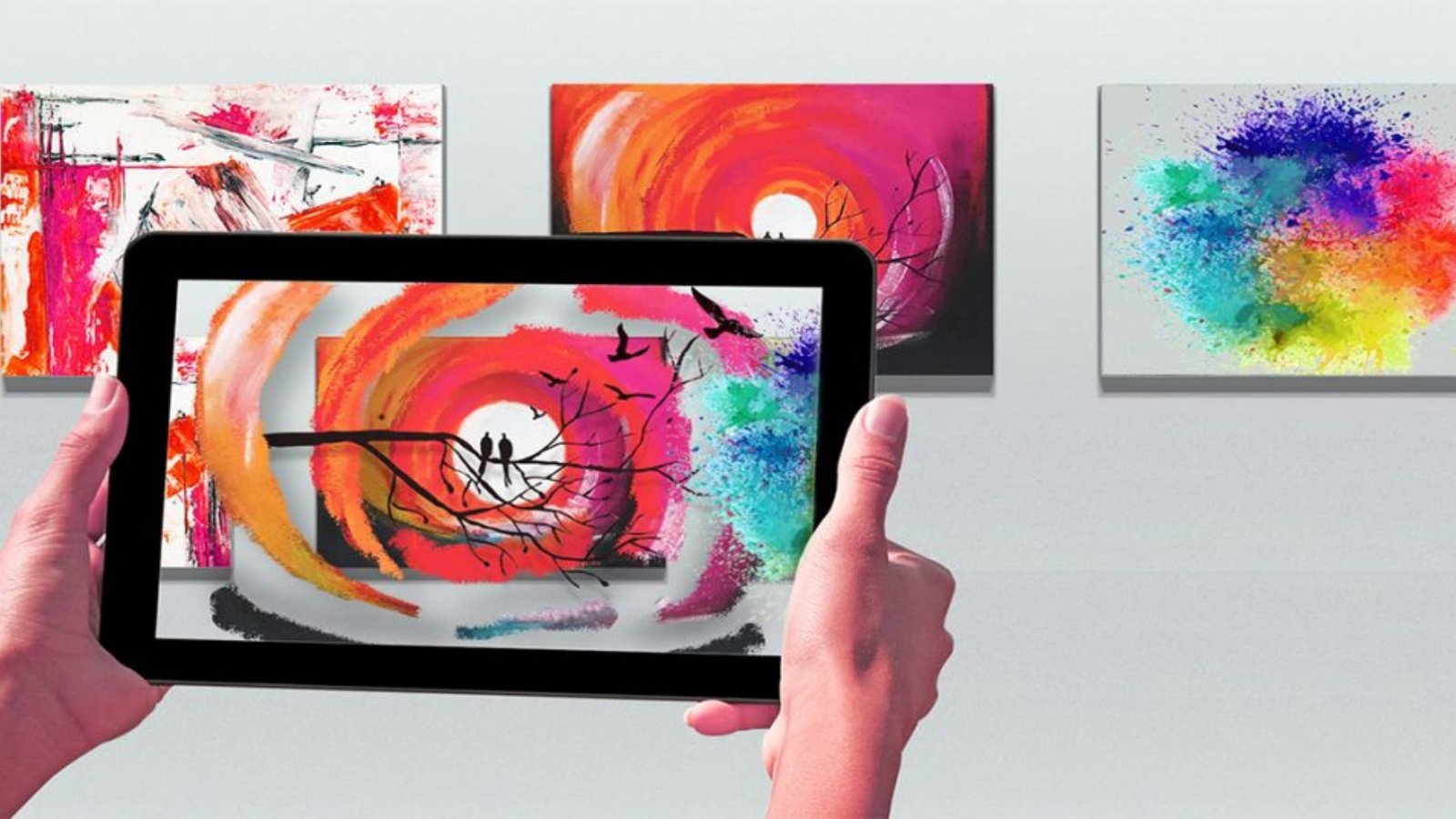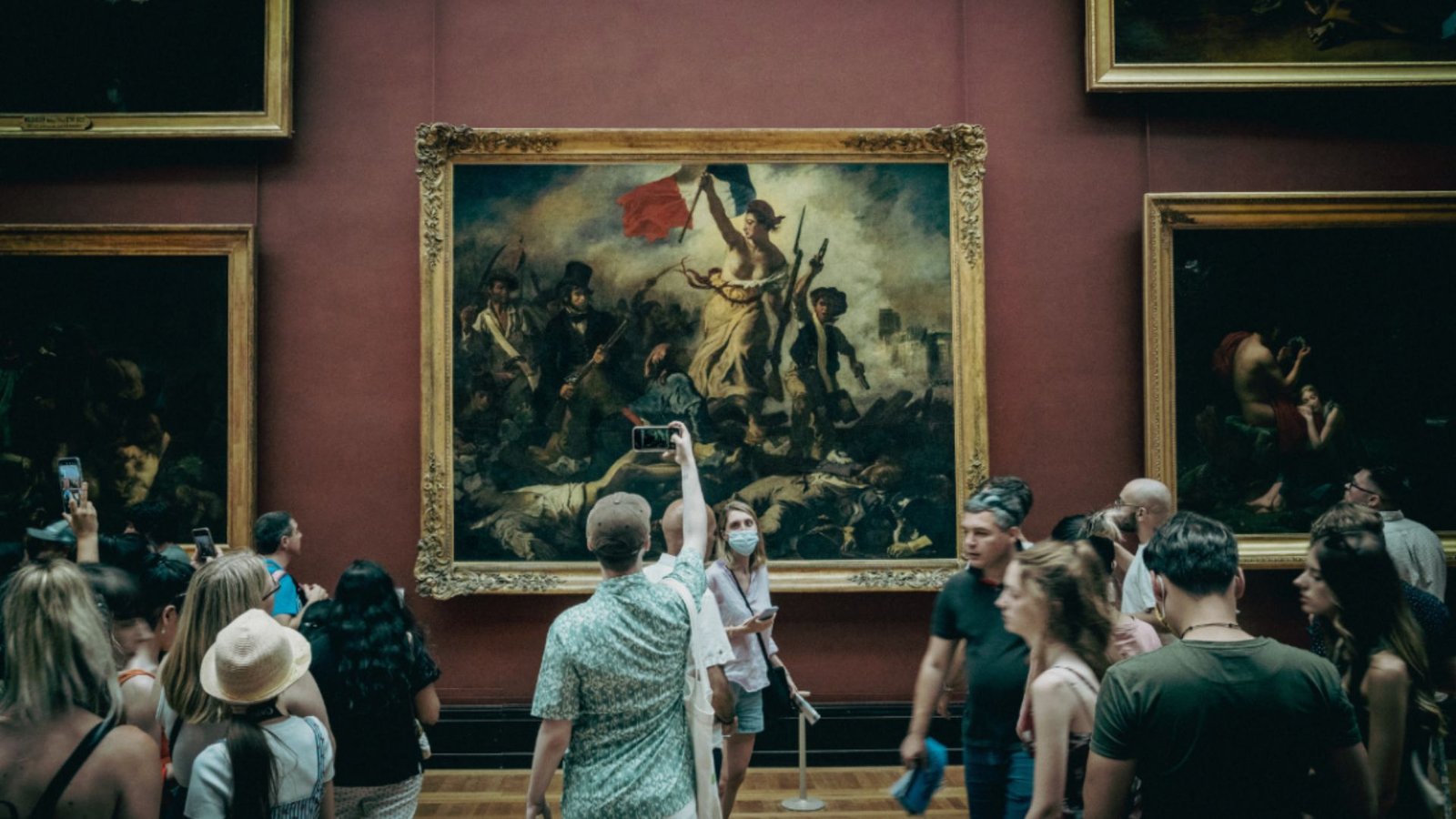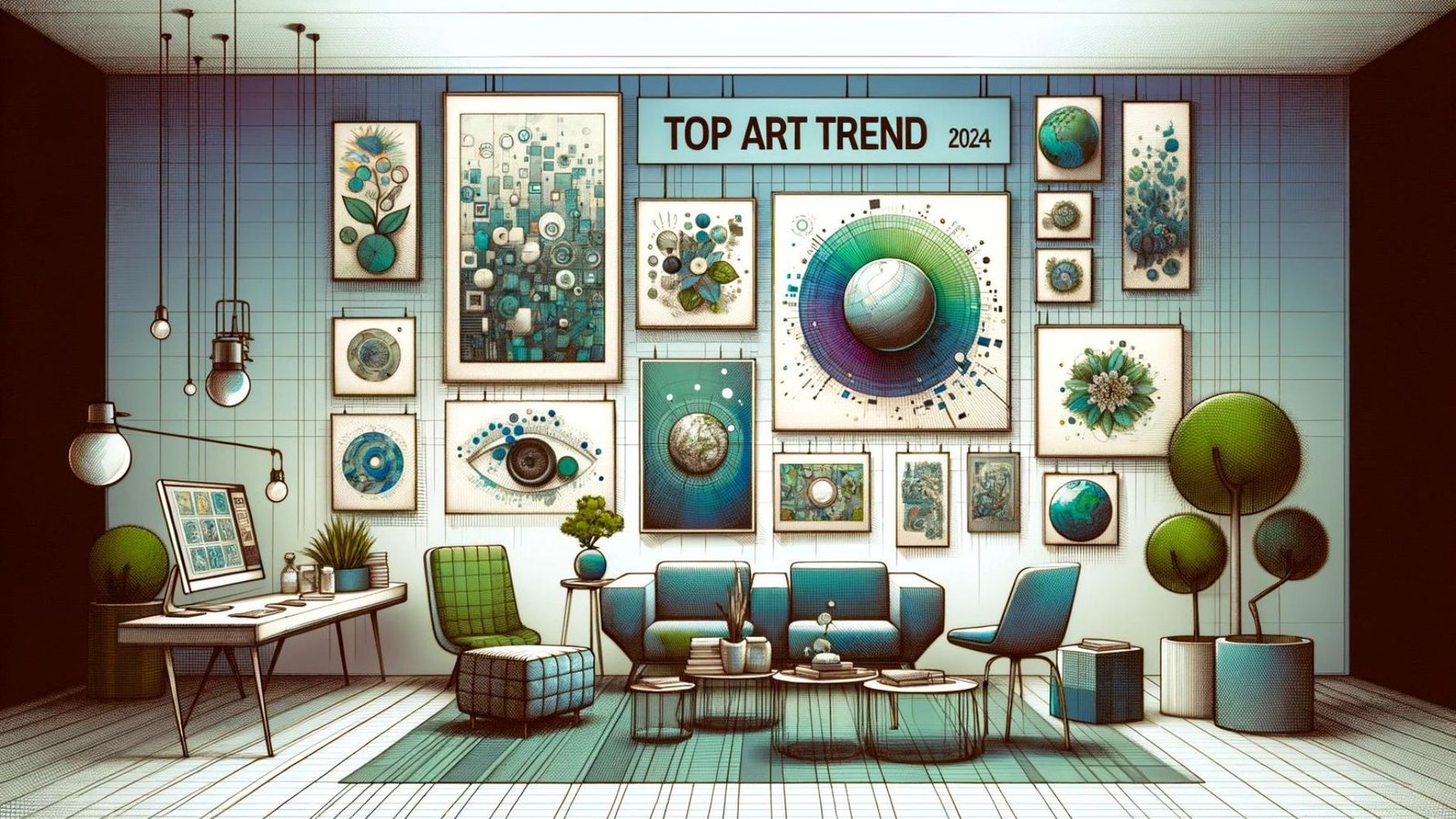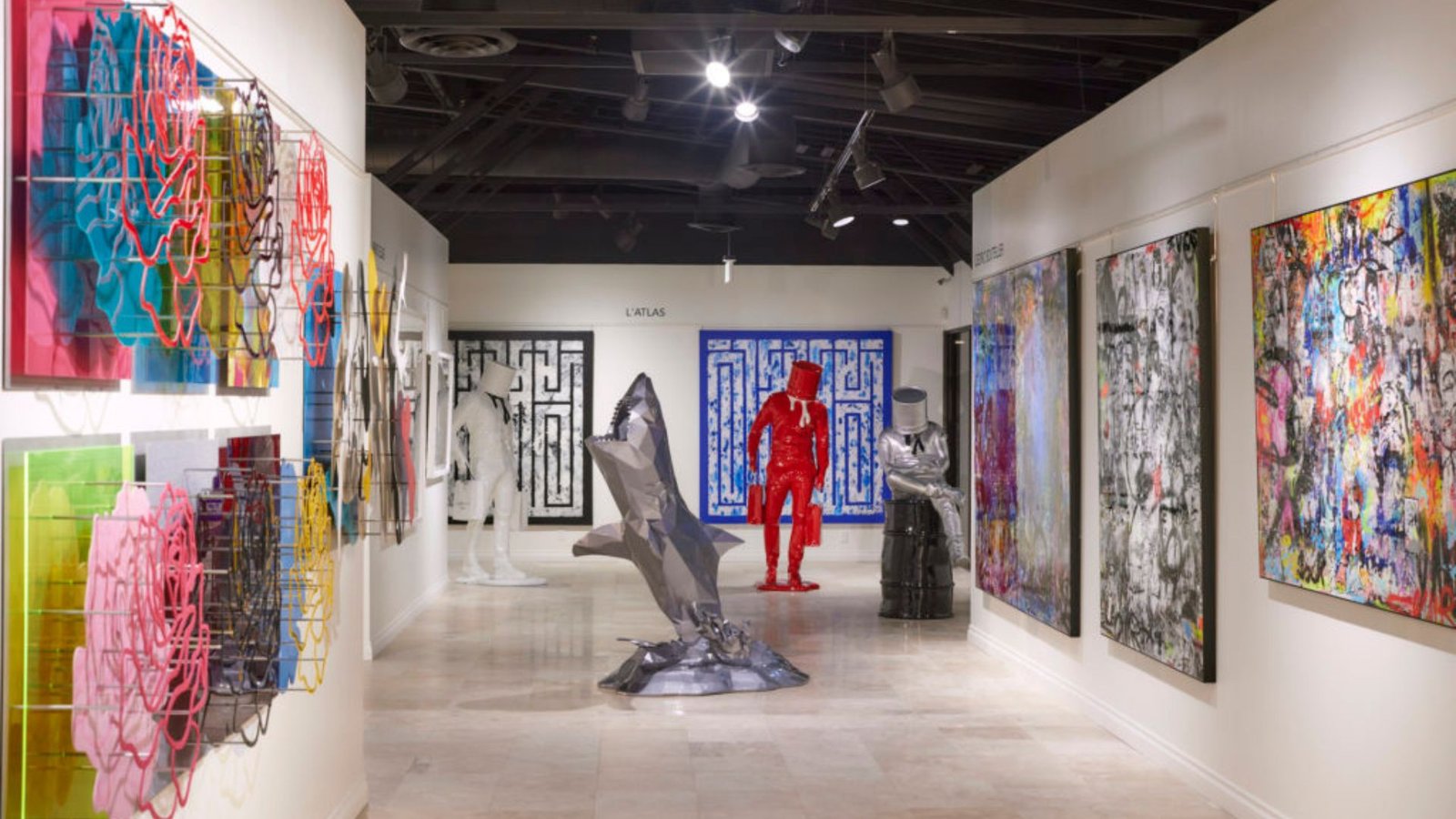Augmented Reality (AR) is revolutionizing the world of visual art by offering new ways for artists to create and present their work. By blending digital elements with the physical world, AR opens up exciting possibilities for creativity and interaction. In this blog post, we will explore how visual artists are using augmented reality in art, the benefits it brings, and the future potential of this technology.
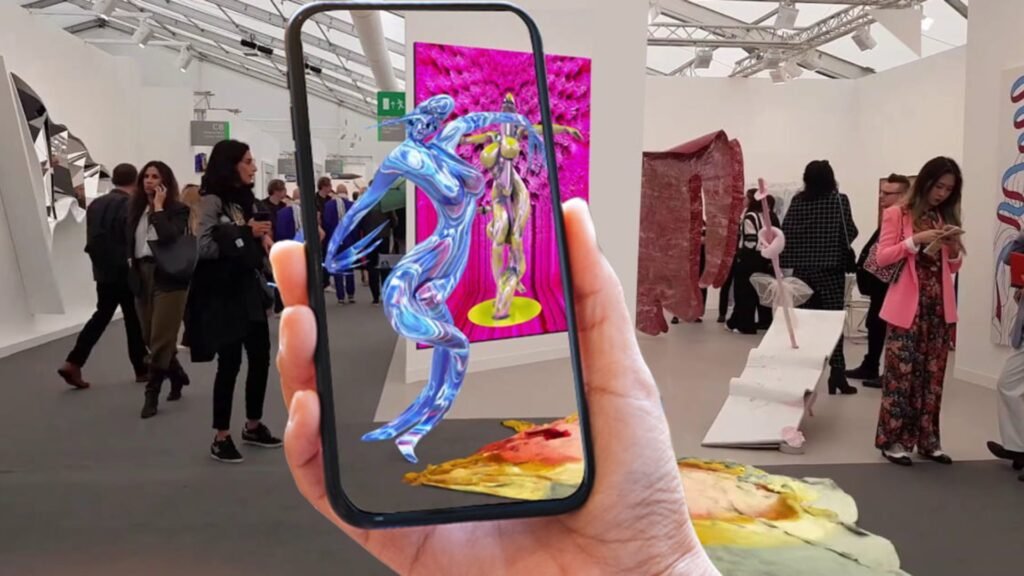
Enhancing Traditional Art with AR
Firstly, augmented reality is enhancing traditional art forms by adding a new layer of interactivity and depth. Artists can use AR to overlay digital content onto physical artworks, creating a multi-dimensional experience for viewers. For example, an artist might create a painting that, when viewed through an AR app, reveals hidden animations or additional visual elements. This integration of digital and physical components allows viewers to engage with the artwork in a more dynamic and immersive way. By enhancing traditional art with AR, artists can offer audiences a richer and more engaging art experience.
Creating Interactive Art Installations
Moreover, AR is enabling the creation of interactive art installations that respond to viewer interactions. Artists are using AR technology to develop installations that change based on how viewers move or interact with them. For instance, an installation might use AR to project different images or sounds as people walk through the space, making the artwork a living, evolving experience. This interactivity transforms the way audiences experience art, making them active participants rather than passive observers. By incorporating AR into their installations, artists can create more engaging and personalized art experiences.
Blending Digital and Physical Worlds
In addition, AR is helping artists blend digital and physical worlds in innovative ways. Artists can create virtual art pieces that exist only in the digital realm but are experienced through AR devices. For example, an artist might design a 3D sculpture that viewers can see and interact with through their smartphones or AR glasses, even though the sculpture itself doesn’t physically exist. This blending of digital and physical elements allows for new forms of artistic expression and expands the possibilities of what art can be. By using AR to bridge these worlds, artists can push the boundaries of traditional art forms and explore new creative territories.
Expanding Art Accessibility and Reach
Augmented reality also has the potential to expand the accessibility and reach of art. With AR apps and devices becoming more common, artists can share their work with a global audience without physical limitations. For instance, an artist can create an AR experience that can be accessed from anywhere in the world, allowing people to interact with their art regardless of location. This increased accessibility helps democratize art, making it available to a wider range of people and offering new opportunities for artists to connect with diverse audiences.
Addressing Technical and Creative Challenges
While AR offers many exciting possibilities, it also presents technical and creative challenges for artists. Developing AR experiences often requires specialized skills and knowledge, including understanding how to create digital content and integrate it with physical artworks. Additionally, artists must consider how to design AR experiences that are engaging and meaningful, rather than just gimmicky. Despite these challenges, the potential rewards of using AR in art are significant, and many artists are embracing the opportunity to experiment and innovate.
The Future of AR in Visual Art
Looking ahead, the future of augmented reality in visual art is full of potential. As AR technology continues to advance, artists will have even more tools and capabilities at their disposal. Future developments may include more sophisticated AR devices, enhanced interactive features, and greater integration with other digital technologies. These advancements will likely lead to even more creative and immersive art experiences. By staying at the forefront of AR technology, artists can continue to push the boundaries of what is possible in art and offer audiences new and exciting ways to engage with their work.
Conclusion
In conclusion, visual artists are using augmented reality to transform the art world by enhancing traditional artworks, creating interactive installations, blending digital and physical realms, and expanding art accessibility. While there are challenges to overcome, the potential of AR in art is vast and exciting. As technology continues to evolve, artists will have more opportunities to explore and innovate with AR, shaping the future of art in new and unexpected ways. By embracing augmented reality, visual artists are opening up new frontiers of creativity and offering audiences a richer, more immersive art experience.

